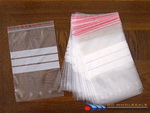|
Storing Cooked Food – Keeping Foods Safe And EdibleStoring cooked food especially hot cooked food properly can prevent food borne illnesses such as botulism and salmonella. Food should be cooled properly before storing to minimize the risk of bacteria formation. The temperature of the refrigerator should be kept between 34-40 degrees Fahrenheit, so it is a good idea to have a refrigerator thermometer in the refrigerator to monitor the temperature of the refrigerator on a regular basis.
Cooked foods should not be allowed to sit out for more than 2 hours after cooking to cool, because bacteria formation begins to form at room temperature, so it is a good idea if you want to prevent food borne illness to get cooked food into the refrigerator for further cooling as soon as it is cool enough to refrigerate.
Once cooked food is stored it should be eaten within 2-4 days while the food is still reasonably fresh. For proper food storage in the refrigerator food storage containers should be air tight, some good choices are plastic wrap, refrigerator bags, plastic storage containers, and aluminum foil. Aluminum Foil Aluminum foil is another nice tool for keeping food fresh and is often used in the form of rolls of foil which you tear off to cover another storage dish or there are aluminum foil pans that can be used to both store and reheat food in which is an advantage and cost saver. Aluminum foil is especially great for grilling foods that can then be stored in a clean piece of the same material. Plastic Storage Containers Plastic storage containers seem to be the most popular option both reusable and disposable containers have the advantage of being a complete storage unit with a lid; therefore not requiring another container to actually put the food in like plastic wrap. These types of containers often come with different color lids allowing for the creation of a system for different food items such as one color lid for fruits and another for vegetables and so on.
Plastic Wrap Plastic wrap is one choice for providing an airtight seal over another container for food storage. Plastic wrap is sold on rolls and is an inexpensive means to keep foods fresh for the required period of time for storage until eaten. Plastic wrap should however not be used when reheating leftovers in the microwave, since toxic chemicals can be released into the food. In addition, there are environmental concerns about using disposable plastics such as plastic wrap that ultimately end up in the landfills. Refrigerator Bags Refrigerator bags come in a variety of sizes and strengths, from those that are large and made of really tough plastic for the freezer and smaller lighter weight bags for refrigerator shelf storage. These bags have zippers and other sealing mechanisms that make them great for their air tight properties. They also have the advantage of allowing you to see what is in the bag and can also have areas on the bag for writing the date and contents of the bag for easy reference.
Here is a nice short video on food storage containers.
For some great sections on storing cooked food some great references are: • The Taste of Home Cookbook – All New Edition from Taste of Home Books, Reiman Media Group • The All New Good Housekeeping Cook Book, Edited by Susan Westmoreland, Hearst Books, New York • Betty Crocker Cookbook – New Edition, by Wiley Publishing, Inc.
Cooking Basics
|
Cooked Food Storage Options
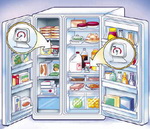
Aluminum Foil
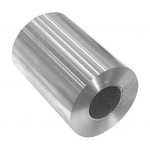
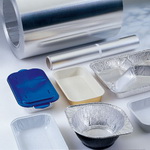
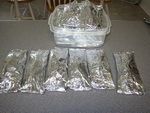
Plastic Food Storage Containers
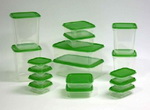
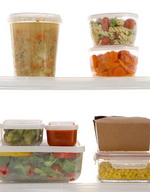
Plastic Wrapped Food Storage
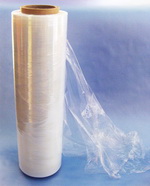
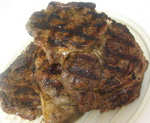
Refrigerator Bag Food Storage
